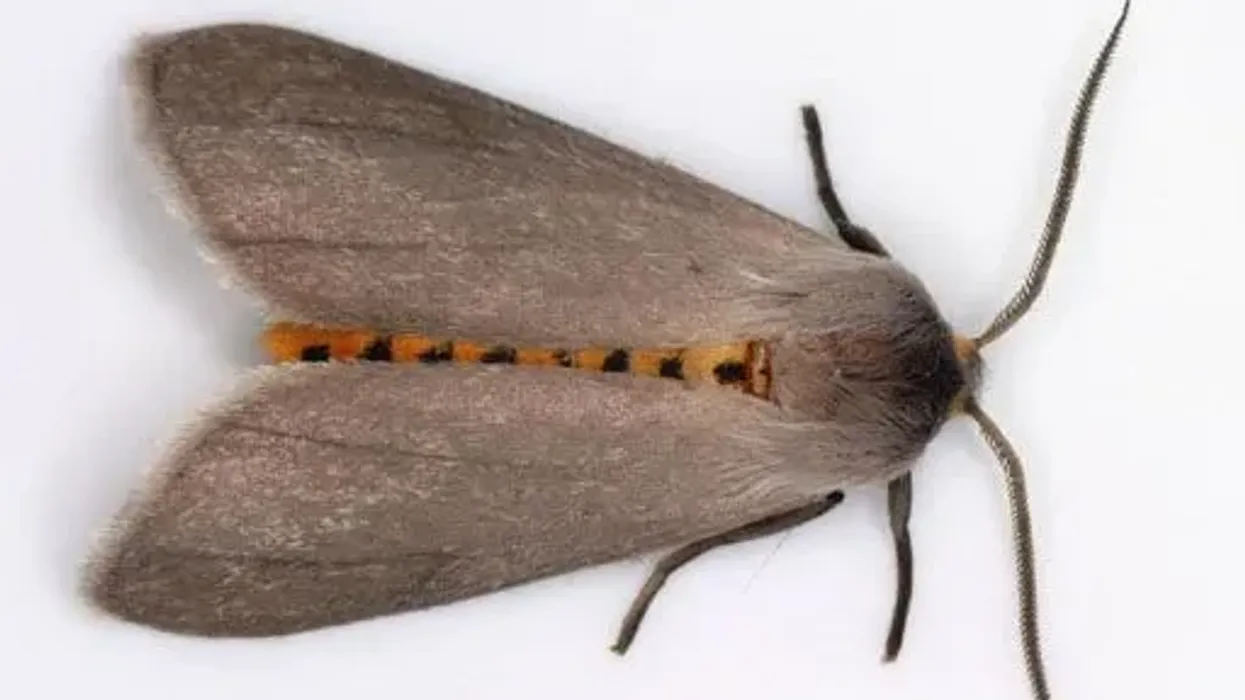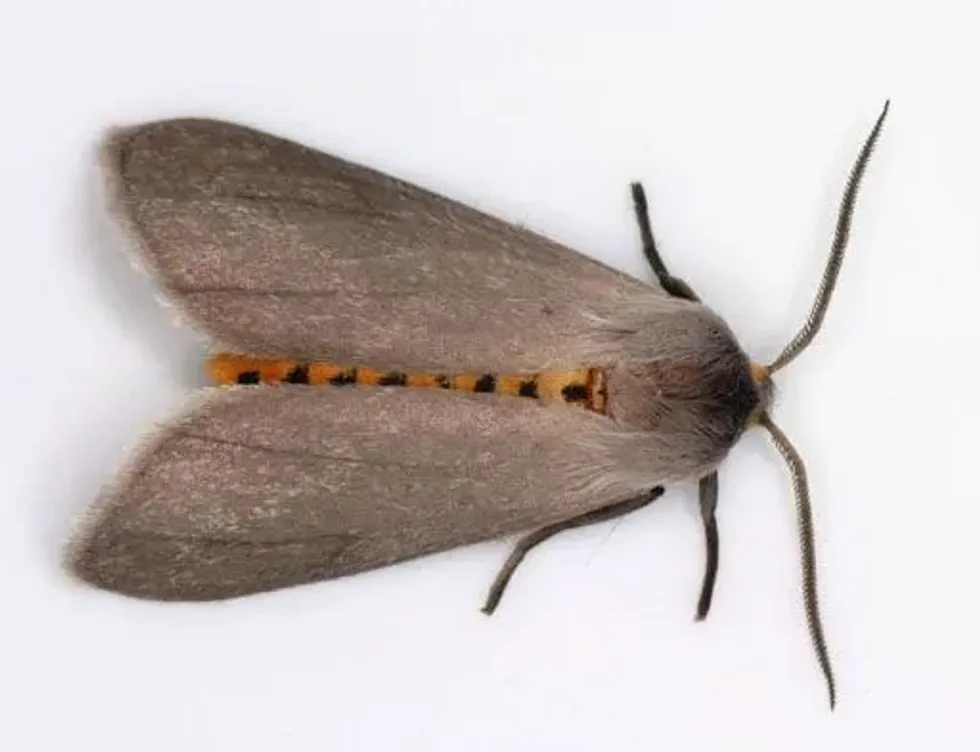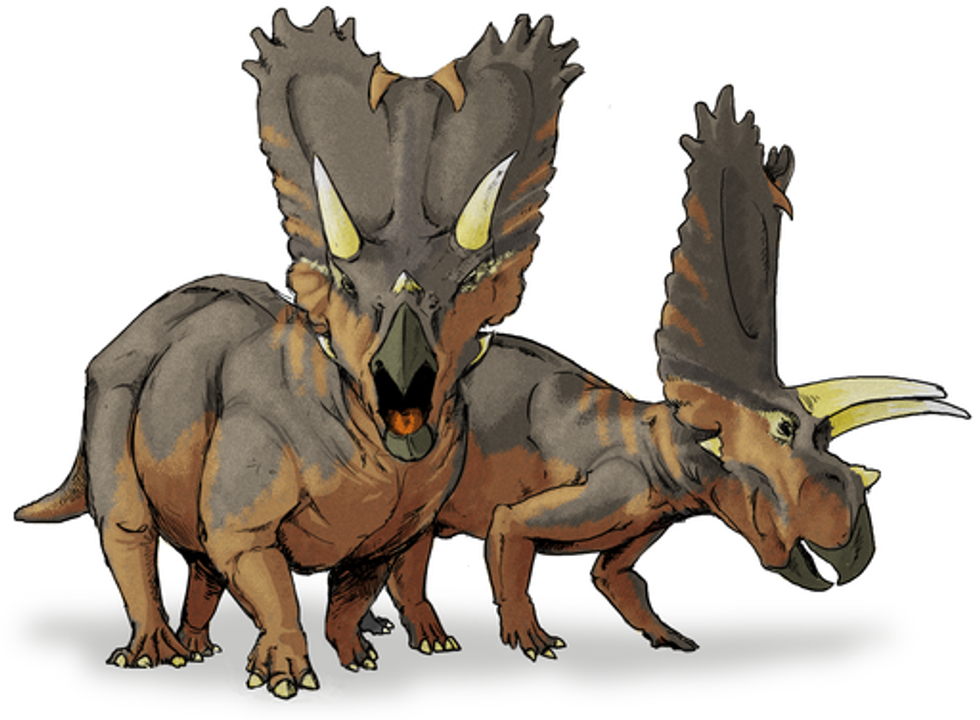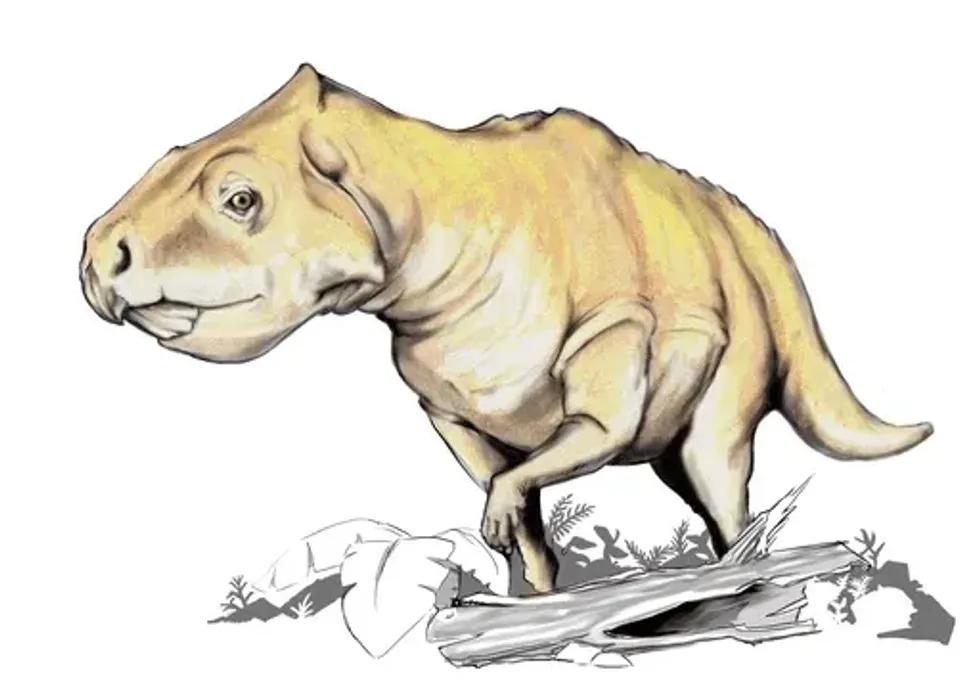If you are a fan of monarch butterflies, then you should also learn about the milkweed tussock moth or Euchaetes egle. The milkweed tussock moth, or Euchaetes egle, tends to feed on the leaves of milkweed plants.
They have a dull gray coloration and generally stay on milkweed leaves, devouring them.
The species is not as well known as monarch butterflies, but when gardeners see them feed or rather devour milkweed plants, they are often worried at the pace they devour the leaves. The larvae itself grows while feeding on the leaves.
The milkweed tussock moth life cycle includes the larval stage where they grow in stages or instars into a caterpillar, then the pupa stage, and eventually adults.
It is unfortunate that they are talked off so little or only crossed out as pests. If you want to learn more about this unusual milkweed-eating moth, then you should read on.
If you like insects and want to learn more about different insects and what they feed on, then check out the gypsy moth and the luna moth.
Milkweed Tussock Moth Interesting Facts
What type of animal is a Milkweed Tussock Moth?
The milkweed tussock moth, or Euchaetes egle, is a kind of a moth.
What class of animal does a Milkweed Tussock Moth belong to?
The milkweed tussock moth belongs to the class Insecta.
How many Milkweed Tussock Moths are there in the world?
It is unclear how many milkweed tussock moths exist in the world.
Where does a Milkweed Tussock Moth live?
The milkweed tussock moth can be found in many parts of North America, such as Texas and Florida. They are also found in Canada. They prefer areas that have lots of milkweed plants.
What is a Milkweed Tussock Moth's habitat?
The milkweed tussock moth generally lives near milkweed plants to devour milkweed leaves. Hence, they can be found in green areas like parks, meadows, gardens, and fields. You can even find them on the side of roads, if the road is lined by milkweed.
Who do Milkweed Tussock Moths live with?
During the larval stage, the milkweed tussock moth can appear solitary, or the larvae can come in groups of around 10. There is also a possibility that as adults, they may live in groups.
How long does a Milkweed Tussock Moth live?
In general, a moth is known to have a short lifespan. On that basis, the milkweed tussock moth can live for around 65-90 days.
How do they reproduce?
Generally, a moth reproduces by spreading pheromones. When the male moth spots a female moth, then the male takes flight and starts pursuing the female moth. Eventually, when the female moth tires and falls to the ground, the male moth spreads the pheromones on the hair and body of the female to start the mating process.
The milkweed tussock moth eggs can be found on milkweed plants, especially on the leaves. Their larvae live on the leaves, too, feeding on them. They generally mate during the early summer.
What is their conservation status?
Since the IUCN has no listing of the milkweed tussock moth, that is, it is under the Not Listed category. Their population may be in decline due to the decline of milkweed, as milkweed plants are their chief diet.
Milkweed Tussock Moth Fun Facts
What do Milkweed Tussock Moths look like?

The milkweed tussock moth caterpillars look quite colorful. At first, they may look like monarch butterfly larvae, but if you have seen the monarch butterfly caterpillar, you can spot the difference.
The milkweed tussock moth has hairs. In the caterpillar stage, they have bright orange coloration with black marks. When they become adults, they have bland wings making the species not so attractive.
How cute are they?
The milkweed tussock moth larvae can appear a little cute due to their bright colors. However, the milkweed tussock moth, on the whole, looks bland.
How do they communicate?
The milkweed tussock moth generally communicates with a clicking noise. The clicking noise is to indicates the bats to stay away. This is one of the ways in which the milkweed tussock moth survives from its predators.
How big is a Milkweed Tussock Moth?
The length of a milkweed tussock moth stands at 0.9-1.7 in (22-43 mm). In comparison, the luna moth is much bigger at 4.5 in (114 mm).
How fast can Milkweed Tussock Moths fly?
Like any other moth, milkweed tussock's speed cannot be estimated. However, a moth is generally a swift flyer.
How much does a Milkweed Tussock Moth weigh?
The milkweed tussock moth has negligible weight. The moth is not studied in enough detail to put an estimation on how much it weighs.
What are their male and female names of the species?
There is no specific name given to the male and female milkweed tussock moth.
What would you call a baby Milkweed Tussock Moth?
A baby milkweed tussock moth is called a milkweed tussock moth caterpillar or milkweed tussock moth larva.
What do they eat?
A milkweed tussock moth primarily focuses their diet on milkweed. They can also eat dogbane plants, but milkweed remains their primary diet.
Are they dangerous?
If you are a milkweed planter, then the milkweed tussock moth can seem like a pest to you. This is because the milkweed tussock moths, even during the larval stage, are voracious eaters of milkweed. Due to the number of eggs that they lay, they have the potential to completely devour a milkweed plant.
But, they are not predators. Also, in answer to the common query 'are milkweed tussock moth caterpillars poisonous? ', we can confirm that they are not.
Would they make a good pet?
If you are someone who loves to keep insects as pets, then the milkweed tussock moth can turn out to be a great pet. However, due to their bland appearance, they may not be the best-looking pet for you.
Did you know...
The milkweed tussock moth looks bland because they are nocturnal and do not require color to scare off predators.
Milkweed sap contains a toxic chemical called cardiac glycosides. While cardiac glycosides are not good for humans, the same cardiac glycosides are used by milkweed tussock moths to grow into adults from milkweed tussock caterpillars.
Are tussock moths good or bad?
The milkweed tussock moth is a general part of our ecosystem, and they grew with the monarch butterfly. Like the monarch butterfly, they also feed on milkweed. As part of the ecosystem, they play their own role as moths eating on plants.
However, since they are such voracious feeders, it can be devastating for milkweed gardens. So, there is no clear answer to whether the milkweed tussock moth is good or bad. On that basis, you should decide if you kill the caterpillar or not.
Can you touch the milkweed tussock moth caterpillar?
You should not touch milkweed tussock moth caterpillars with your bare hands. Caterpillars have nettling hair, and the milkweed tussock moth caterpillar sting can be poisonous. Some milkweed tussock moth caterpillars can have flexible hair, but some could also have hair that breaks off, hurting the caterpillar.
Here at Kidadl, we have carefully created lots of interesting family-friendly animal facts for everyone to discover! Learn more about some other arthropods including the morpho butterfly and the io moth.
You can even occupy yourself at home by drawing one of our milkweed tussock moth coloring pages.










